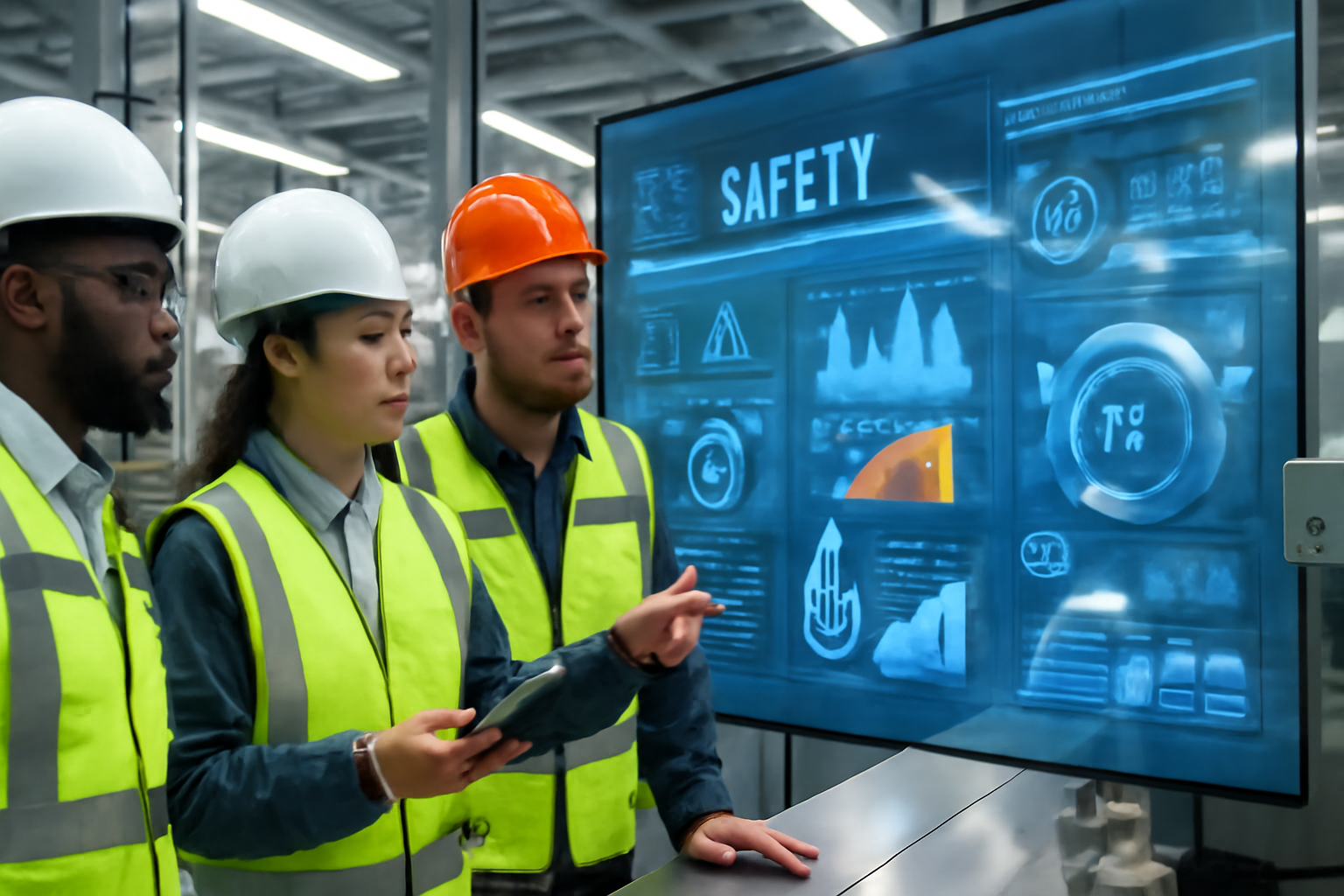How to Use AI to Improve Workplace Safety in the USA: A Practical Guide
Workplace safety is a top priority for businesses across the United States. With advancements in technology, Artificial Intelligence (AI) has emerged as a powerful tool to enhance safety protocols, reduce accidents, and create a healthier work environment. In this guide, we’ll explore how companies can leverage AI to improve workplace safety effectively and sustainably.
Why AI Matters for Workplace Safety
Artificial Intelligence is transforming industries by automating routine tasks, analyzing vast amounts of data, and predicting potential risks before they happen. When applied to workplace safety, AI can:
- Identify hazards through real-time monitoring and pattern recognition.
- Predict accidents by analyzing historical data and employee behavior.
- Improve compliance with safety regulations via automated reporting and alerts.
- Train employees using immersive AI-powered simulations.
These capabilities ultimately help reduce workplace injuries, lower insurance costs, and foster a culture of safety.
Step 1: Assess Your Current Safety Challenges
Before implementing AI solutions, it’s essential to conduct a thorough assessment of your workplace safety landscape:
- Identify common hazards: What types of accidents or near-misses are most frequent?
- Review existing safety protocols: Are there gaps or outdated procedures?
- Gather employee feedback: What do workers perceive as risks?
- Analyze incident reports and data: Look for patterns or recurring issues.
This groundwork will help you choose AI tools that address your specific needs effectively.
Step 2: Explore AI Technologies for Workplace Safety
There are several AI-driven technologies that businesses in the USA can adopt to enhance safety:
1. Computer Vision and Video Analytics
AI-powered cameras can monitor worksites in real-time to detect unsafe behaviors, such as not wearing protective gear or entering restricted zones. These systems can generate instant alerts, allowing supervisors to intervene promptly.
2. Predictive Analytics
By analyzing historical safety data, AI models can predict where and when accidents are most likely to occur. This enables proactive measures such as adjusting workflows or scheduling additional safety training.
3. Natural Language Processing (NLP) for Safety Reporting
AI can streamline the reporting process by analyzing written or verbal incident reports to identify trends and recommend improvements. This reduces administrative burden and increases accuracy.
4. AI-Driven Training Simulations
Virtual reality (VR) and AI combine to create immersive safety training environments where employees can practice responses to hazardous scenarios without real-world risks.
Step 3: Implement AI Solutions Thoughtfully
Successful AI integration requires careful planning and collaboration:
- Choose the right vendors: Partner with reputable AI providers with experience in workplace safety.
- Ensure data privacy and compliance: Follow regulations such as OSHA guidelines and protect employee data.
- Involve employees: Engage teams in the rollout to build trust and encourage adoption.
- Start with pilot projects: Test AI tools on smaller scales to measure impact and make adjustments.
Step 4: Monitor, Evaluate, and Evolve
AI is not a “set it and forget it” solution. Continuous monitoring and evaluation ensure that your AI-driven safety strategies remain effective:
- Track key safety metrics: Injury rates, near-misses, and response times.
- Gather user feedback: From employees and safety officers.
- Update AI models: Incorporate new data to improve accuracy and relevance.
- Stay informed: Keep abreast of emerging AI trends and regulatory changes.
Additional Resources
To deepen your understanding of AI’s role in workplace safety, consider exploring these resources:
- OSHA Workplace Safety Guidelines
- National Safety Council – Workplace Safety
- Emerj – AI in Construction Safety
Conclusion
Artificial Intelligence presents a transformative opportunity to enhance workplace safety across industries in the USA. By thoughtfully assessing your current challenges, selecting appropriate AI technologies, and engaging your workforce, you can reduce risks and protect your most valuable asset: your people.
Remember, the key to success lies in combining cutting-edge technology with a strong safety culture and continuous improvement.
Start your AI-powered journey towards a safer workplace today!

Leave a Reply